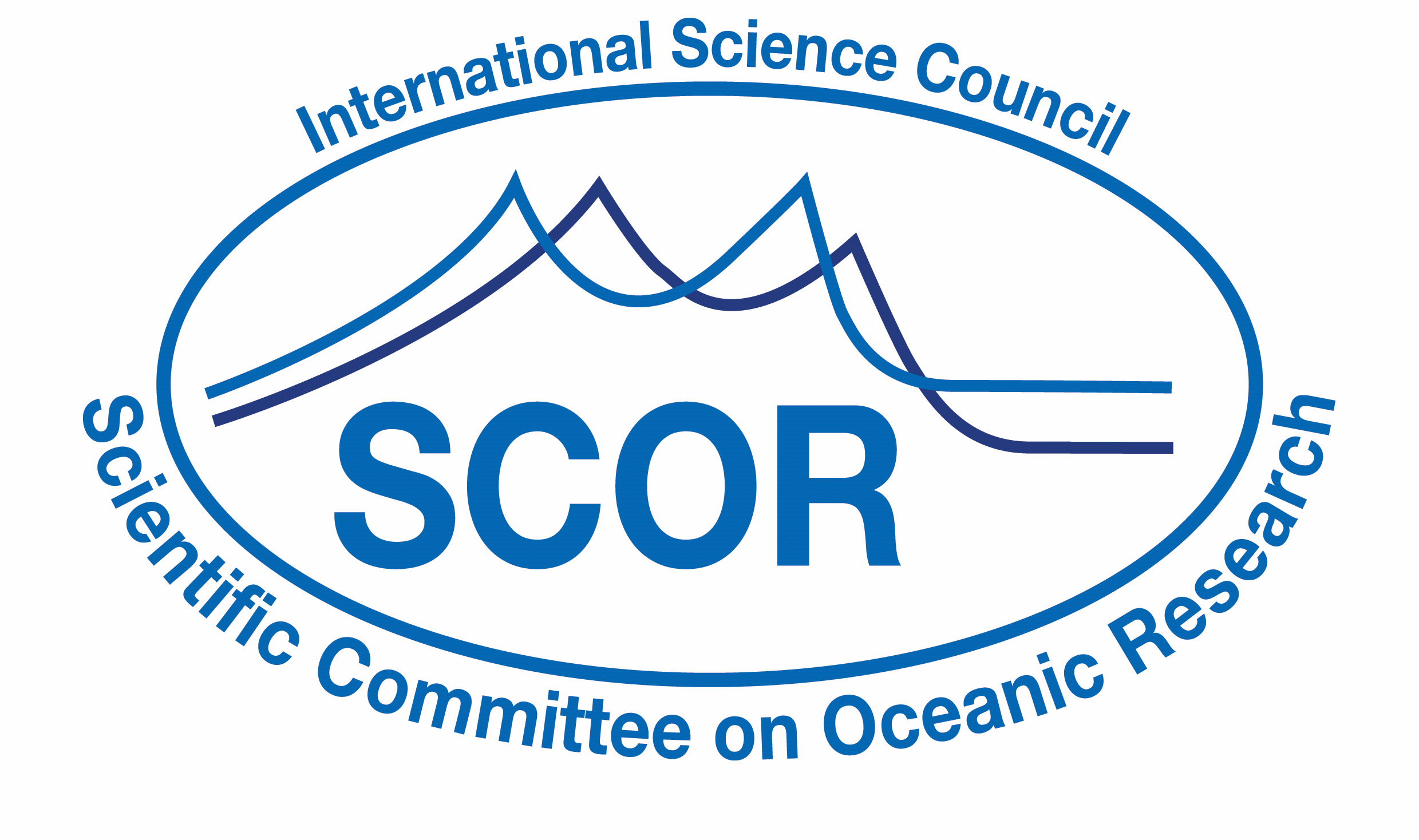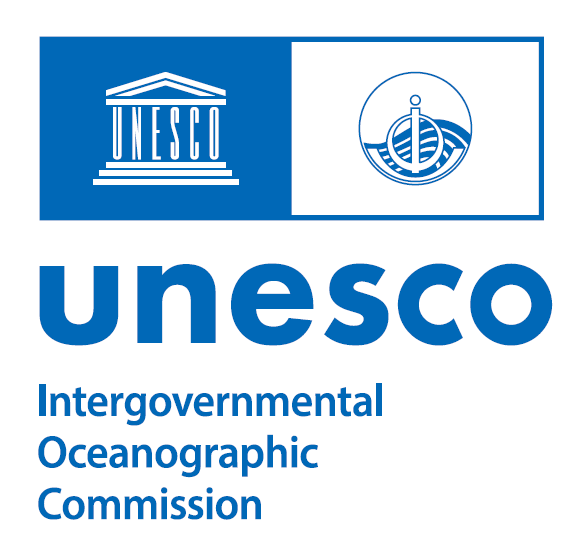Harmful algal blooms (HABs) are proliferations of algae that can cause massive fish kills, contamination of seafood with toxins, and/or ecological damage through the development of anoxia or other habitat alteration. HABs are natural processes that occur in all aquatic systems and cause worldwide problems with significant economic, social, and human health consequences. There is considerable concern that certain HABs, or at least their associated impacts, may be increasing globally. However, the effects of global or local climate change on HAB populations are even less well understood and require intensive, long-term and multidisciplinary research. Since HAB species are found in marine, brackish- and freshwater ecosystems worldwide, increased understanding of HABs can only be achieved through international, interdisciplinary, and comparative research on the dynamics of HABs within their aquatic and ecological systems. Progress depends upon advancement through targeted studies and technological innovation to observe and model biology, ecology, chemistry and physics of the different aquatic systems.
International collaboration and coordination was first materialized with the creation of the GEOHAB programme (1998-2014) and it continues now with GlobalHAB. GlobalHAB will provide an international structure for planning and coordinating international scientific activities related to HABs in aquatic environments and their effects on the environment, and human health and well-being. In addition, GlobalHAB will help provide a framework for national and regional projects to (1) coordinate their activities and, (2) participate in coordinated initiatives of research, observations, and modeling on HABs.
GEOHAB contributed to increase the existing ability to describe the factors controlling the dynamics of individual species, but there are critical gaps in knowledge about the physiology, behavior, toxicology, taxonomy, etc. A central scientific problem is to understand and quantify the critical features and mechanisms underlying the population dynamics of HAB species in different aquatic habitats. This understanding can be used as a basis for monitoring, modelling, and predicting HABs occurrence. In turn, monitoring and prediction are essential for management and mitigation of the impacts of HABs in the environment, human health and well-being, and to ascertain the effects of global or local climate change on these events.
Information on how to participate in the GlobalHAB programme can be found in the Get involved section.


